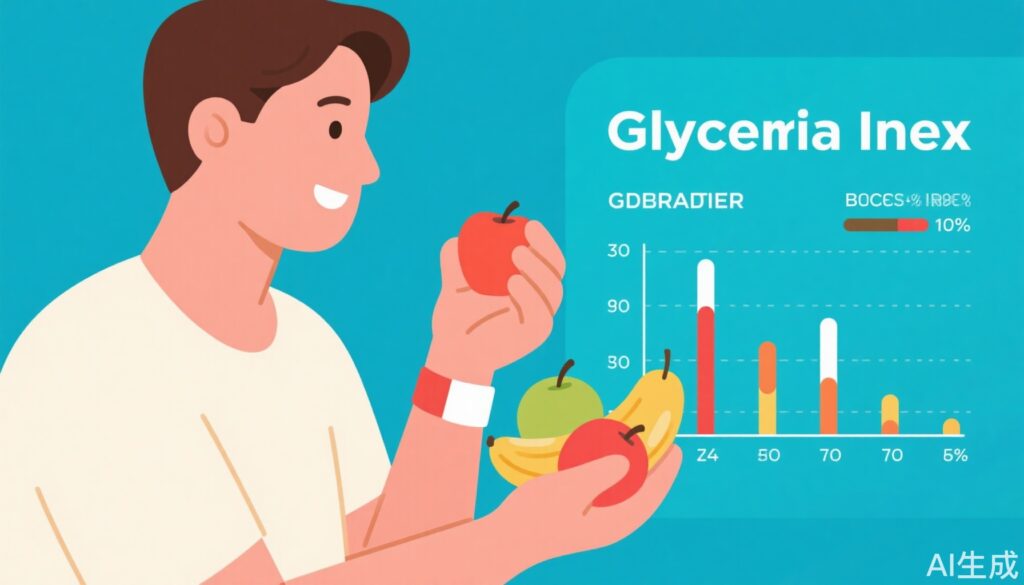Introduction
Fruits are rich in dietary fiber, vitamins, and minerals, all of which contribute beneficially to human health. Some fruits also contain anthocyanins and vitamin C, known for their antioxidant and anti-aging properties. For diabetic patients with well-controlled blood sugar, consuming fruits in moderation can be part of a healthy diet. However, attention must be paid to the type of fruit, the total quantity consumed, and the timing of intake to maintain stable blood sugar levels.
Which Fruits Are Suitable for Diabetic Patients?
Diabetic patients should select fruits with low Glycemic Index (GI) and Glycemic Load (GL). The GI measures how quickly a food containing 50 grams of available carbohydrates raises blood glucose compared to 50 grams of pure glucose over two hours post-consumption. A higher GI means blood sugar rises faster; a lower GI means a slower rise.
Glycemic Load (GL) is calculated as GI multiplied by the proportion of digestible carbohydrates in the food. It reflects both the speed of glucose absorption and the total carbohydrate content, providing a more comprehensive assessment of a food’s impact on blood sugar.
Recommended fruits for diabetic patients include those with low GI and low GL such as plums, cherries, grapefruit, strawberries, peaches, pears, and apples. Fruits with a moderate GL (10-20), such as bananas and plantains, should be consumed cautiously. Fruits with a high GL (greater than 20), including jujubes, hawthorn, raisins, and longan, are best avoided.
How Much Fruit Can Be Eaten?
Using the food exchange principle, one exchange portion corresponds to approximately 90 kilocalories. Diabetic patients with stable blood glucose can consume up to one exchange portion of low GI and low GL fruits per day. It is important to deduct the calories from fruit intake when calculating the total daily energy intake to prevent excessive calorie consumption.
When Is the Best Time to Eat Fruits?
The optimal time for diabetic patients to consume fruits is about two hours after a meal or as a snack between meals or around physical activity. This timing helps maintain relatively stable blood sugar levels and avoids excessive carbohydrate intake simultaneously with main meals.
Monitoring Blood Sugar Levels
While GI and GL provide useful guidelines, individual metabolic responses vary greatly, affecting blood sugar response speed and magnitude. Therefore, diabetic patients should develop the habit of monitoring their blood glucose levels regularly. Understanding personal metabolism helps in choosing fruits that best suit individual health needs.
Additional Considerations
If blood sugar control is poor or if the patient is experiencing acute complications such as diabetic ketoacidosis or hyperosmolar hyperglycemic state, fruit consumption should be temporarily avoided to prevent worsening conditions. Patients with severe chronic diabetic complications should consult healthcare providers for tailored dietary advice.
In summary, fruits can be a healthy part of a diabetic diet when chosen and consumed wisely. Paying attention to glycemic index and load, portion sizes, timing, and ongoing blood sugar monitoring helps optimize health outcomes.



